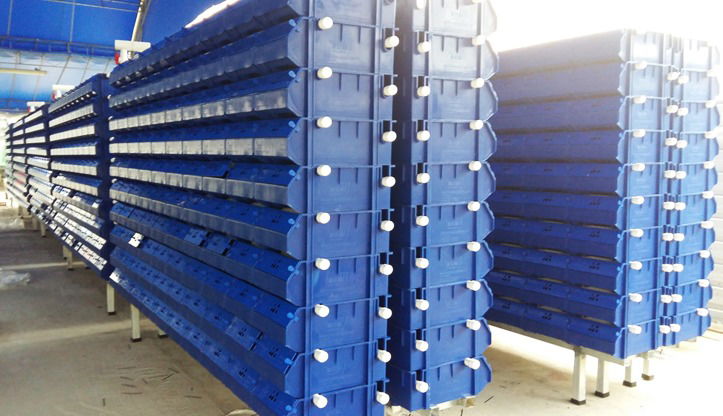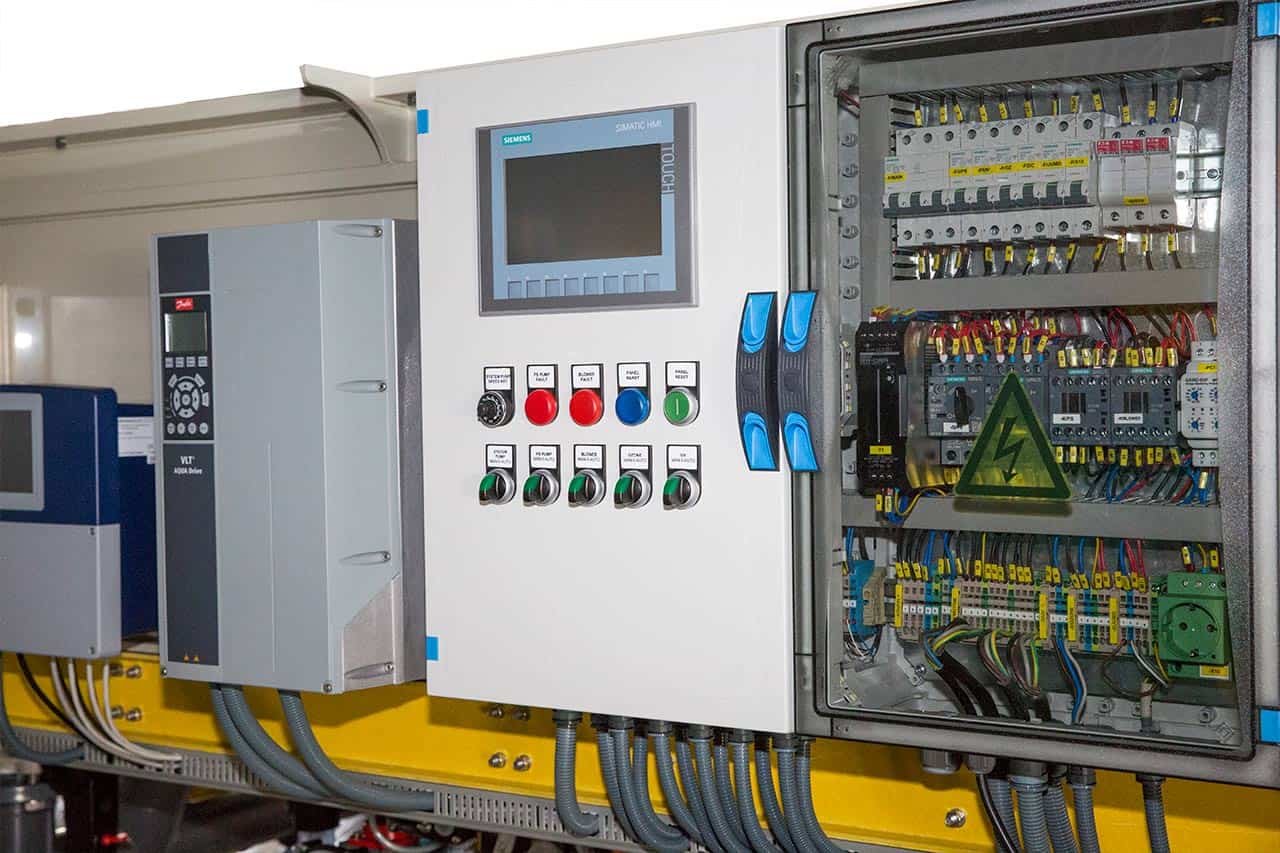CRAB AND LOBSTER FARMING

Advantages
The main benefits of crab or lobster farming are, labor cost is very low, production cost is comparatively lower and they grow very fast. Commercial crab and lobster farming business are developing the lifestyle of the people of coastal areas. By proper care and management we can earn more from this farming business. And small scale farming is gaining popularity day by day.

Lobster is far complicated and customized while crab are much easier to farm. Mud crab can be found on estuaries, backwaters and coastal ares. They are member of Scylla genus. There are two species of crabs available that are suitable for commercial production. Two species of crabs are red claw and green mud crab.

Green Mud Crab
- Green mud crabs are larger in size.
- A green mud crab can grow to a maximum size of 22 centimeter carapace width. And it can weights about 2 kg.
- These are free living and distinguished by the polygonal markings present on all appendages.
Red Claw
- Generally red claws are smaller in size than green mud crab.
- A red claw can grow to a maximum size of 12.7 centimeter carapace width. And it can weights about 1.2 kg.
- It has a burrowing habit and there are no polygonal markings on it.
Both species are suitable for commercial crab farming business. And both have good value and huge demand in the foreign market.
Mud Crab Farming Methods
You can raise mud crabs in two systems. Grow out farming and fattening systems. The systems of farming in this two methods are shortly described below.
Grow Out System
In grow out farming system, young crabs are raised and grown for a certain period of 5 to 6 months till they reach marketing size and weight. This type of crab farming system is generally pond based. The pond size depends on the production type. Generally ponds for crab farming sized between 0.5 to 2 hectors. Proper bunds and tidal water exchange is a must. Small sized ponds are very suitable for crab farming. Because they are easily maintained. Make a suitable fence if the size of pond become small. In larger sized ponds where natural conditions are prevailing, strengthening is necessary along the outlet area.
You can stock wild collected juvenile crabs that weights around 10 to 100 grams. Depending on the size of crabs and available facilities the duration of production may varies between 3 to 6 months. In commercial production with supplementary feeding you can stock 1-3 crabs per square meter. You can feed your crabs low cost fish, shrimps, small sized crabs etc. You can visit your nearest local market and collect rotted fish and innards of birds and animals from slaughter house.
Provide the crabs 5% feed daily of their total body weight. For example, if there are 100 kg crabs in the pond then feed 5 kg food daily. Collect some crabs and try to determine an average weight. Regular sampling is very necessary for monitoring the growth and general health, and to adjust the feeding rate. Keep some pipes in the pond for shelter and the purpose of reducing mutual attacks and cannibalism. Within 3 to 5 months they will reach marketing weight and become suitable for selling.



